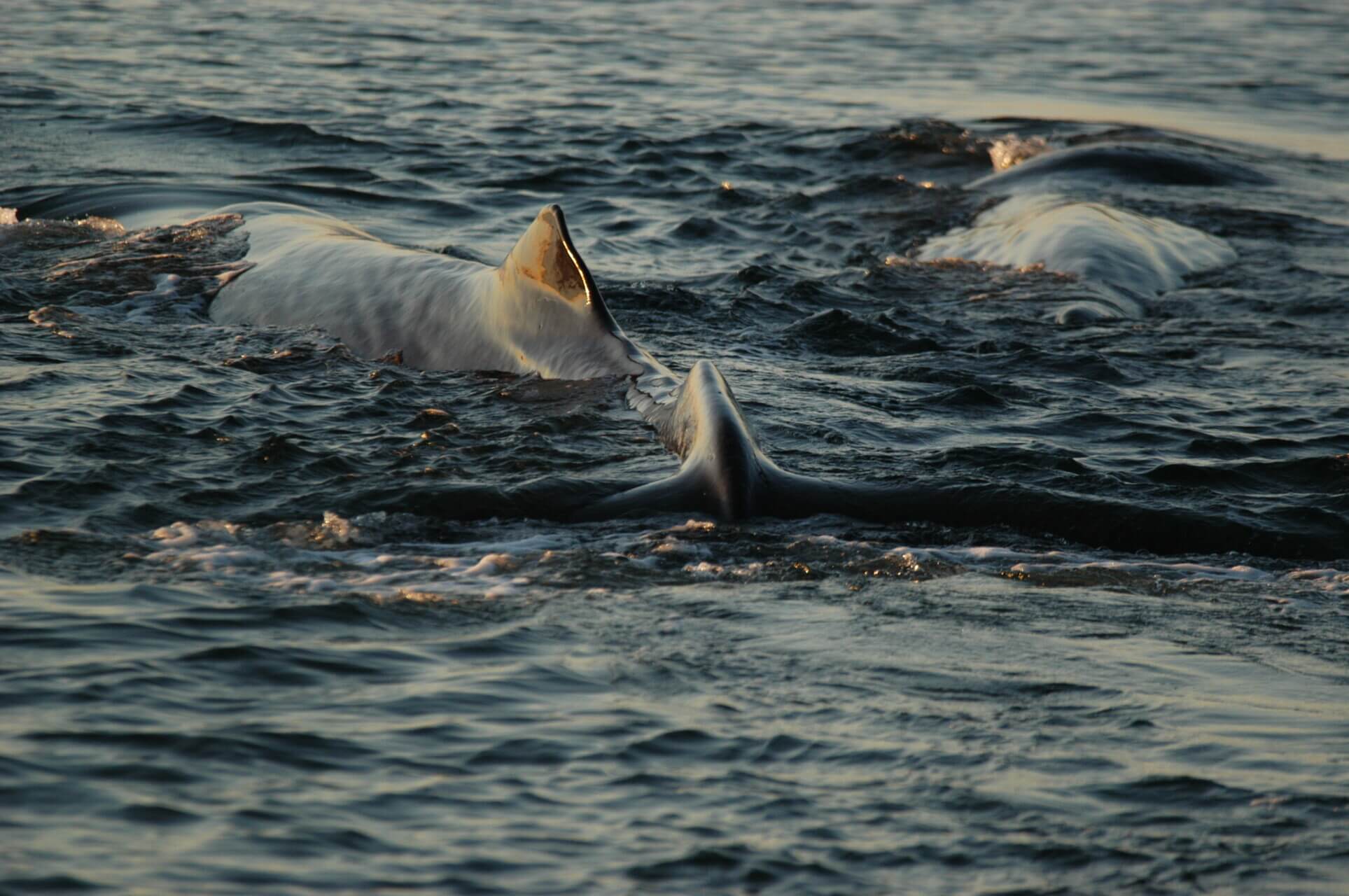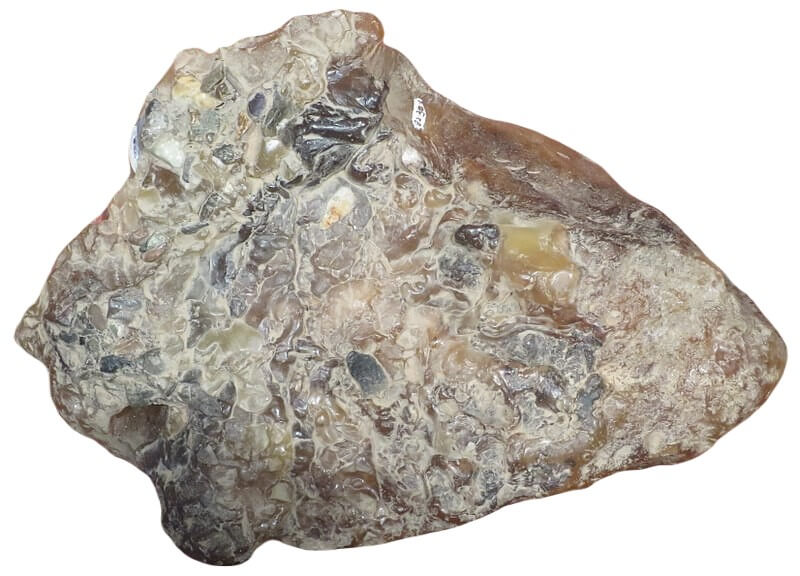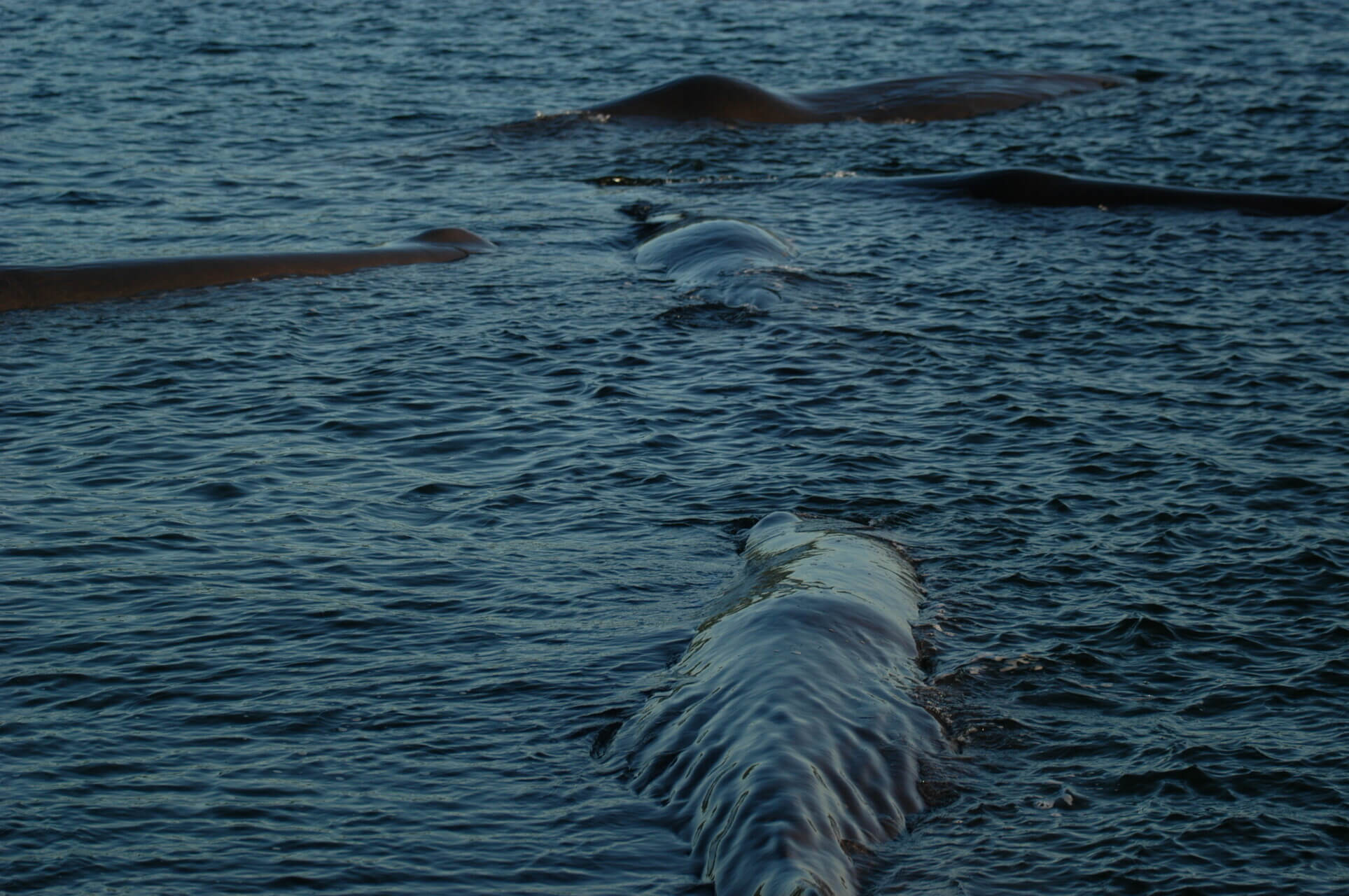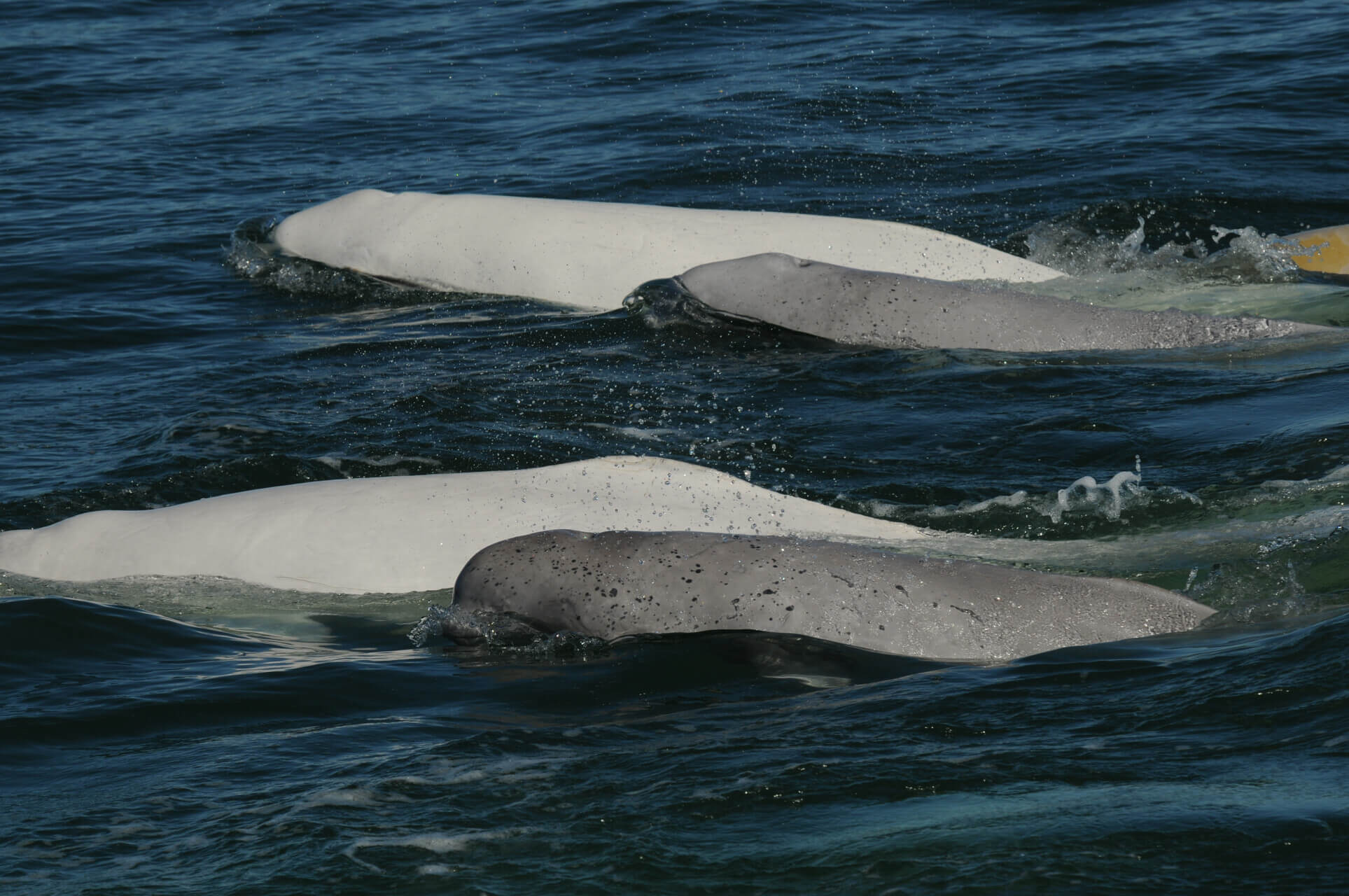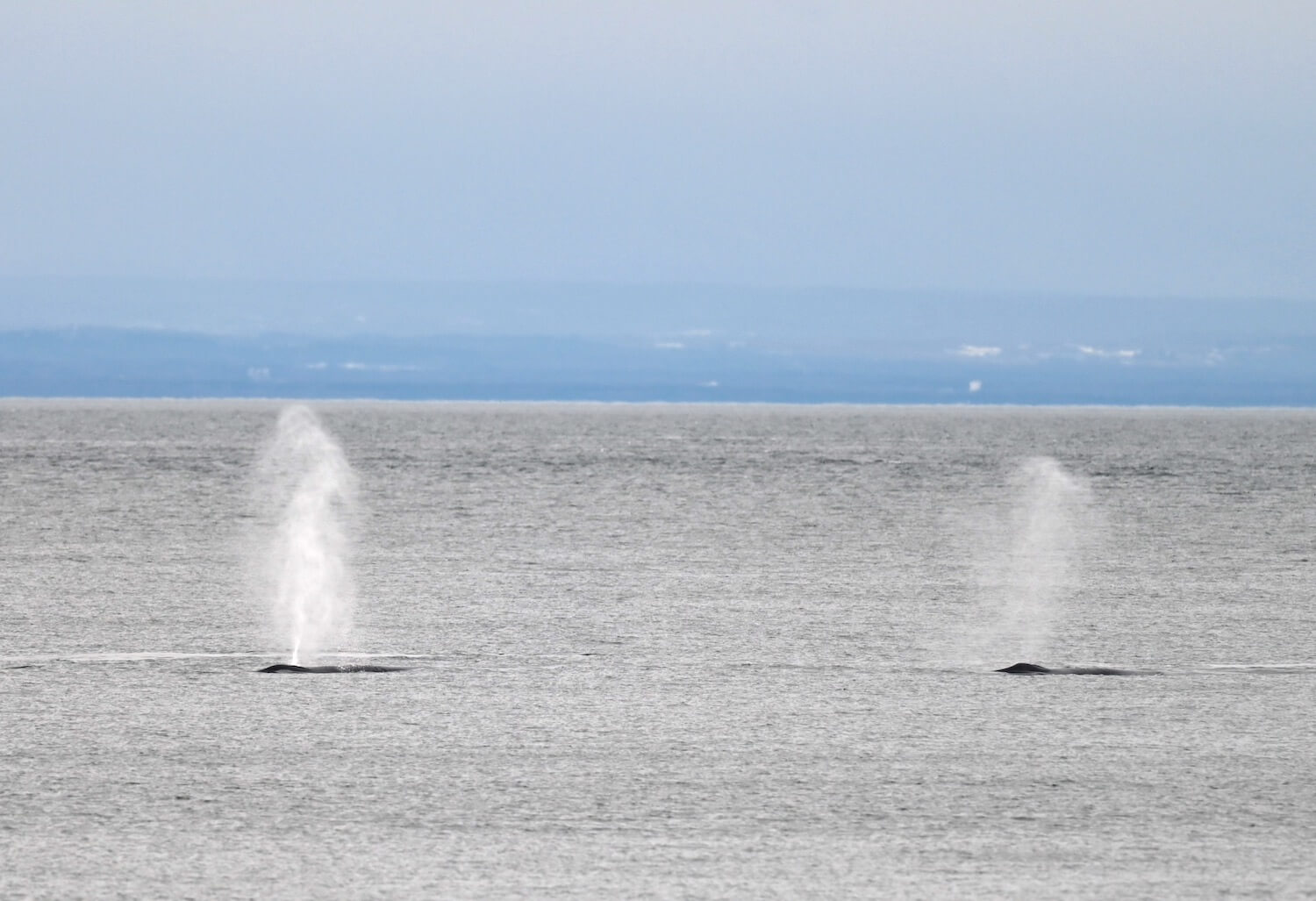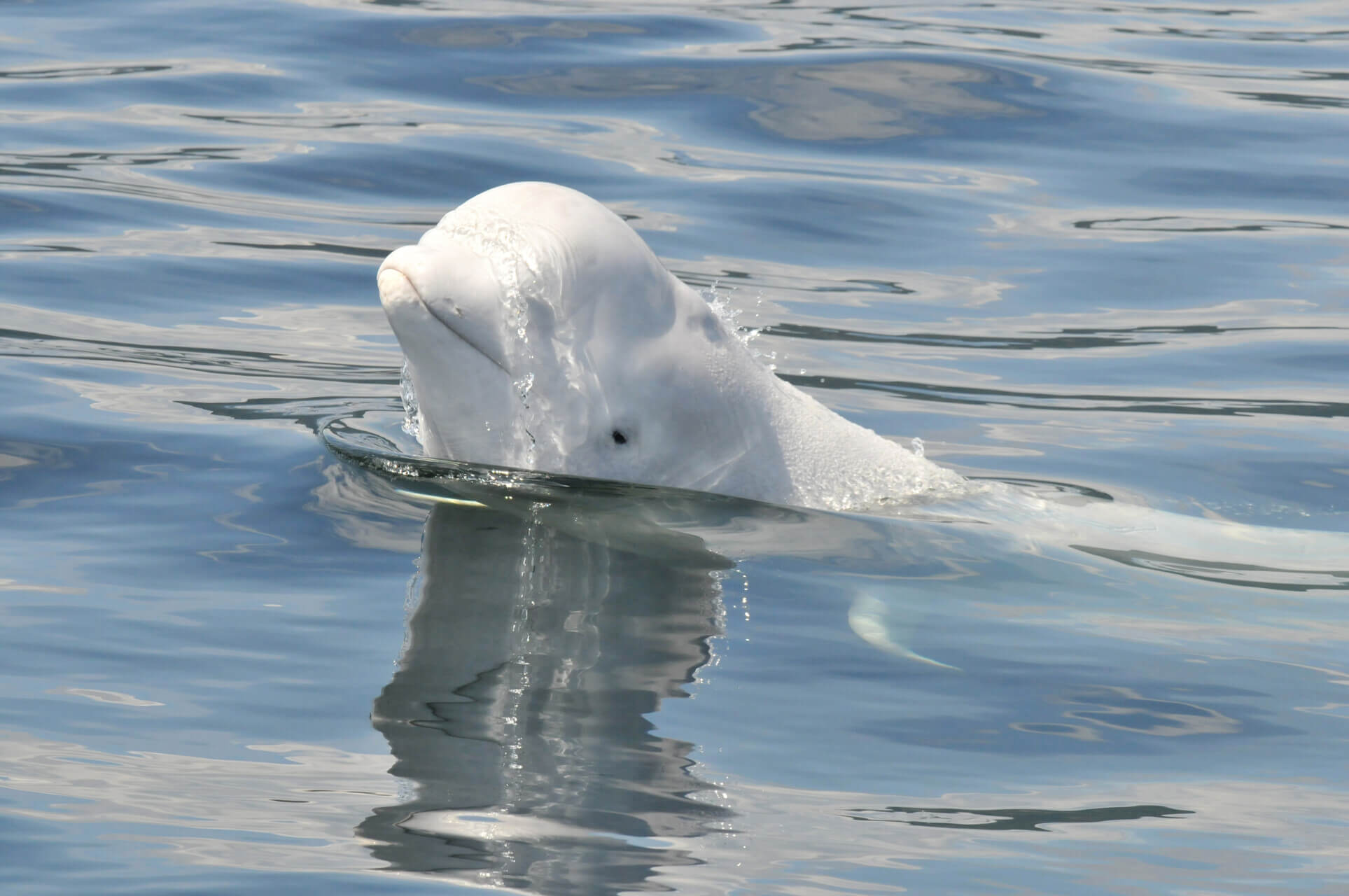Ambergris, a mysterious treasure of the deep seas, has captivated the human imagination for centuries. This rare substance has crossed ages and cultures, arousing curiosity and admiration along the way. In this article, we will explore the fascinating secrets of ambergris by taking a look at its origin, its uses throughout history and the secrets that continue to surround it.
Often associated with maritime legends and ocean explorations, this curious product comes from the captivatingworld of sperm whales. With its historical richness and mysterious aura, ambergris has inspired countless legends and myths, with is testimony to the deep bond between humans and the uncharted seas.
An enigmatic cetacean that never ceases to amaze
Sperm whales are known for their varied diet. They sometimes consume indigestible foods and objects. Notably, studiessuggest that the very hard, pointy beaks of squids can pierce the walls of their digestive system. These items can be expelled directly by the animal or they can accumulate until they form a compact mass, which is ambergris. Most of the clumps end up being evacuated naturally when the animal defecates. However, when this fecal material accumulates in the rectum, it can cause extreme distension in the cetacean and, ultimately, death. It is at this time that the ambergris is released into the sea, according to studies conducted by marine biologist Robert Clarke, who has studied the substance for more than 50 years.
Inside the intestine, ambergris is a semi-viscous black liquid with a strong, unpleasant odour characterized by the smell of sperm whale excrement. Once outside the sperm whale, the substance is exposed to sunlight and air, which quickly cause it to oxidize, harden and change colour from brown to grey or white. Its consistency is solid and crumbly, like dry clay.
Ambergris needs to dry for a few months so that the stench of fish and excrement dissipates and the amber smell grows more pronounced. The physicochemical transformation undergone by the substance as it dries in the sun brings out a supposedly pleasant, earthy and musk-like fragrance. Some people also describe the smell as that of fine tobacco, wood from old churches, sandalwood, the tides, moist soil or fresh algae with a slightly animal-like odour. Clarke explained that the odour is thought to come from the copper-catalyzed oxidation of the ambrein in ambergris, which is thought to be derived from the hemocyanin in the blood of cephalopods.
Robert Clarke has suggested that ambergris is formed from coprolites (fossilized feces) transformed during digestion in the sperm whale’s second intestine. This process begins when indigestible masses, normally evacuated by means of vomiting, pass through the duodenum. When these masses block the intestine, the intestinal wall absorbs water, gradually solidifying the fecal matter through the agglomeration of additional layers. Ambergris is thus the result of a secretion composed of intestinal bacteria (e.g. Spirillum recti physeteris) and substances from the organs of certain types of squid.
Clark’s study states that ambergris is produced by both male and female sperm whales and pygmy sperm whales.
His conclusions are based on samples collected by whalers during their forays for sperm whales. Although the dwarf sperm whale, which feeds on squid and has a similar anatomy, may also produce ambergris, research on this subject remains limited. Other cetaceans such as pilot whales and beaked whales also consume cephalopods, but no study has ever confirmed the presence of ambergris in these species.
“Floating gold”
Long before its origins were known, the ambergris trade was already widespread. Due to its rarity and unique properties, it was sometimes worth more than its weight in gold!
In China in 2000 BCE, it was believed to be the saliva of a dragon living on rocks in the seas, drooling in the oceans. In 1491, an encyclopedia on medicinal plants indicated that ambergris was tree sap, a type of sea foam or even a kind of fungus. By 1667, no fewer than 18 different hypotheses were put forward, claiming that ambergris could be produced by various animals such as seals, crocodiles, birds, and even other creatures. In the 10th century, Arabic medicine supposed that the substance came from an underwater fountain. Other recorded reports suggested that the substance came from a fruit, the liver of a fish, or even a gemstone.
In the Middle Ages in Europe, perfume balls called pomanders containing pieces of ambergris were worn on necklaces, as the substance was believed to have virtues against sadness, which in turn caused illness. During the Black Death, it was also used for medicinal purposes, as it was believed that bad smells help spread infection, so the most affluent people would walk around wearing a pomander. In China, it was used against respiratory diseases and as a sexual stimulant. Ancient recipes such as the oldest ice cream recipe in the world, Marie Antoinette’s hot chocolate, and others mention ambergris as an essential ingredient!
The ambergris trade was so important that 16th century reports indicate that imports from Asia to Europe were sometimes replaced by beeswax, tree resin or aloe wood shavings. Dealers and collectors of the precious material often found or bought quantities ranging from tiny pebbles to human-sized blocks, but which were actually stones, rubber, sea sponges or even animal excrement.
Only when sperm whales began to be hunted commercially and whalers would open up the carcasses of the cetaceans did humans discover the source of this substance, finally cracking the mystery of its true nature. Between the 1940s and the 1970s, despite the intensive hunting of 300 to 700 sperm whales per year, only about one hundred kilograms of ambergris were harvested, suggesting that only a fraction of these animals produced this precious material.
And finally...!
In 1820, chemists identified the compound responsible for ambergris’s unique properties as ambrein. Today, substances similar to ambrein are extracted from plants or produced in laboratories for a variety of uses. This evolution shows how ambergris, from the initial confusion surrounding its origin to its scientific recognition, has played a crucial role in the history of world trade and perfume making.
A rare natural treasure and a delicate trade
Today, ambergris can sell for US$25,000 a kilo. Contemporary sellers claim that this substance is hard to find, but easy to sell. It can be found at any coastal site where sperm whales are present.
Unlike other valuable products, ambergris cannot be mined or cultivated, which drives sellers and collectors to comb the coastlines. Before analysis, they may inadvertently find themselves with similar looking objects such as solidified palm oil, dog feces or other waste that has washed up onto the shore. Young male sperm whales occasionally make incursions into the St. Lawrence Estuary or even the Gulf in search of new summer feeding grounds. Keep your eyes open, as you never know what you might find on the St. Lawrence coast!
Despite the advent of synthetic substitutes, demand for ambergris remains strong. In France, prestigious perfume makers still prefer this natural substance. In the Middle East, it is sought after for its aphrodisiac properties. On the Indian subcontinent, it is prized for its uses in Ayurvedic medicine.
In some regions, the trade in ambergris is illegal. For example, in the United States, sperm whales are an endangered species, making any trade in ambergris unlawful under the Marine Mammal Protection Act and the Endangered Species Act. In India, ambergris is owned by the central government and unauthorized sale is prohibited. However, according to the Convention on International Trade in Endangered Species (CITES), the harvesting of ambergris that has naturally washed ashore is not considered harmful to the species, which means it can be traded in countries such as Canada, the United Kingdom, and the European Union.
Despite its continued market value, ambergris is no longer actively studied by scientists since the emergence of synthetic substitutes. It now remains a rare biological and chemical curiosity.


